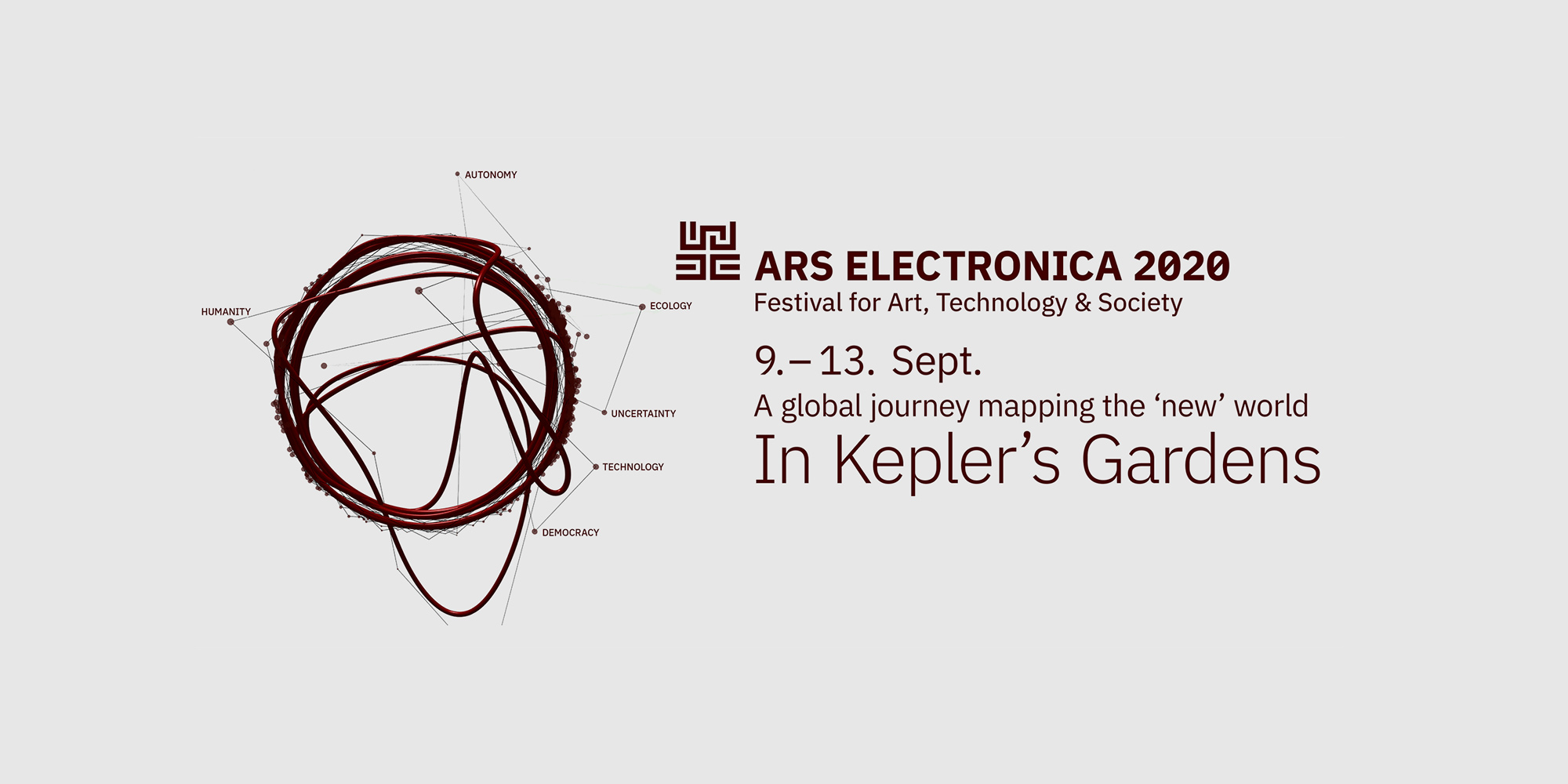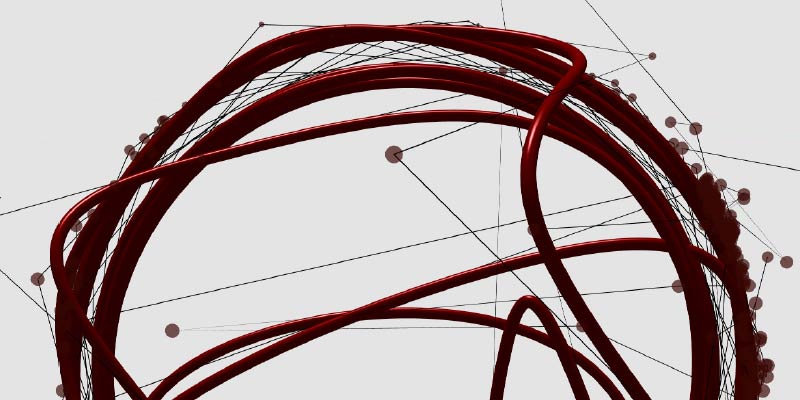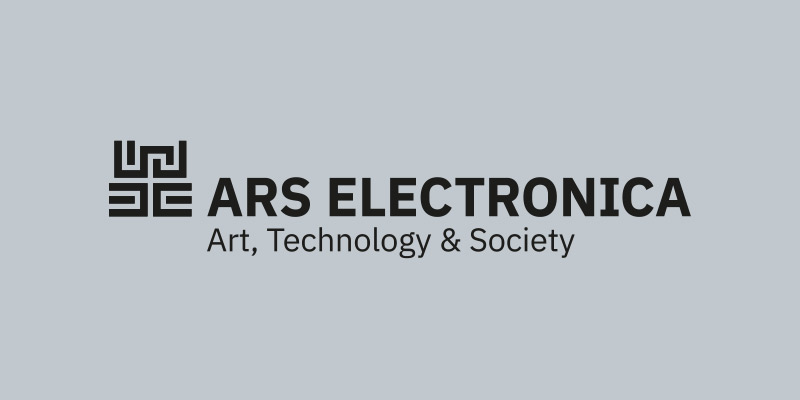Content
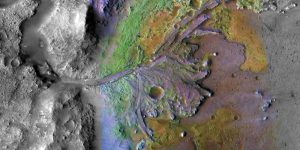
Workshop: Remote Sensing the Red Planet
Shane Houchin
Remote sensing is the acquisition of information about an object, area, or phenomenon without making physical contact. Typically performed by satellite or aircraft that measure the reflected or emitted electromagnetic radiation from a surface. Applications of remote sensing include, Geology, Hydrology, Agriculture, Conservation, Urban Planning, Transportation, Glaciology, Forestry, Ecology, to mention a few.
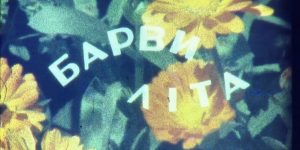
Timbres of Summer
Center for Urban History of East-Central Europe, Lviv, Ukraine (UA)
The team of curators from the Center will visit Orest Bachmaha at his house on the outskirts of Lviv to conduct an interview. In the 1970s and 1980s this person was part of a huge army of amateurs, shaped in the former USSR. But he belonged to a special circle of amateurs, such as media amateurs, who produced radios and recording machines, and worked on the margin between amateur film and video art.
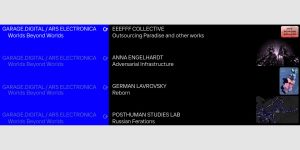
Garage Digital: Worlds beyond Worlds
Garage Museum of Contemporary Art / Nikita Nechaev, Moscow (RU)
Works and practices of several artists and collectives, that participate in Garage Digital program, reflect on the different types of networks, infrastructures, ecologies and algorithms, and pose questions of the possible tactics and strategies to reassemble these systems with new types of communities, modes of rationality and production in mind —cunning, poetic, speculative and emergent.
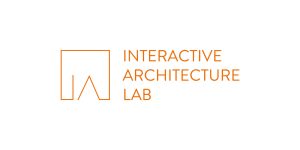
Lecture on Performance and Interaction
Ruairi Glynn
Dr Ruairi Glynn, Director of the Interactive Architecture Lab, will give a talk on notions of Antidisciplinarity in Design for Performance and Interaction and emerging new types of practice.
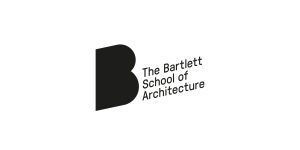
Bartlett artists’ videos
The Bartlett School of Architecture, University College London (UK)
A 1-hour collection of student project films from the Bartlett School of Architecture’s Interactive Architecture Lab, Automated Architecture Ltd/Automated Architecture Labs, BioID, Unit 24, Unit 9, Unit 14, RC14.
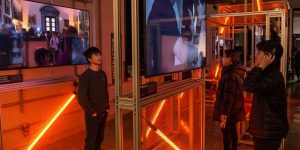
Evening in IAL hubs space
The Bartlett School of Architecture, University College London (UK)
Live performance / DJ set - The monotony of daily Zoom calls and Skype meetings is disrupted by using the video streams of participants to create colourful, live coded visuals which will be mixed and synced with live DJ sets from a selection of current Bartlett students and staff bringing a London soundscape to festival visitors. Lean back (or dance) and join us with a drink or two!

COVID-19 Crisis: Wie könnte/kann sich die Gesellschaft ändern?
Walter Ötsch, Renata Schmidtkunz, Antonia Birnbaum, Evelyn Bodenmeier, Leonhard Dobusch, Sighard Neckel
Walter Ötsch entwickelt zwei Szenarien für die Zukunft der Gesellschaft: ein positives und ein negatives und gibt einen Überblick, welche positiven und negativen Vorstellungen über die Zukunft im Workshop erörtert wurde. Gemeinsam werden Hindernisse und Optionen für die Zukunft diskutiert.
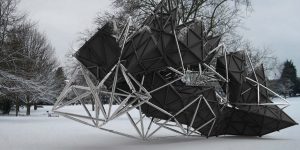
Heterotopias
The Bartlett School of Architecture, University College London (UK)
Roundtable + Q&A - As we collectively detangle our own perceived ‘normal’, how might this shape speculative design and the worlds that come with it? Is Heterotopia an alternative to the utopia/dystopia narrative?
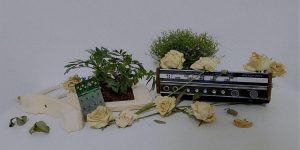
Transformation & Transmission – panel discussion, presentations
A live-streamed presentation of a new selection of works from the exhibition, with live Q&A and panel discussion with the artists. These works range from films, to AR experiences, to hybrid objects, each united by the themes of anxiety, uncertainty, and distance that run through these works. During the festival, we will conduct streamed online tours of the works, show examples, and interview the authors in a live stream hosted every day (times TBC).

Alexander Whitley Dance Company
The Bartlett School of Architecture, University College London (UK)
Initiated in response to the Covid-19 lockdown, Digital Body uses motion capture technology to digitise sequences of choreography and makes them freely available online. CHAOTIC BODY brings together three composers and digital artists to collaborate with AWDC company on the creation of three short films and AR projects taking inspiration from chaos theory and the associated geometric patterns in nature.
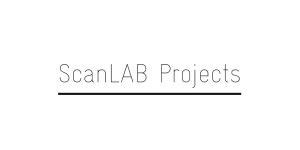
ScanLAB Projects HUB
The Bartlett School of Architecture, University College London (UK)
Unit 9 is a design studio within the undergraduate architecture programme at the Bartlett UCL. Led by Jessica In and Chee-Kit Lai, the Unit has developed a continued interest in the performative aspects of new technologies and their expressive potentials for the design and representation of architecture.
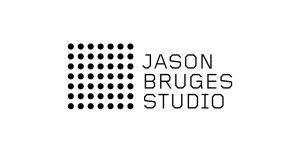
Jason Bruges Studio (UK)
The Bartlett School of Architecture, University College London (UK)
A curated selection of talks and 360 films that provide insight into the Studio’s process and practice. Normally inhabiting physical spaces, a number of the Studio’s installations are transformed and brought to a virtual audience for the first time.
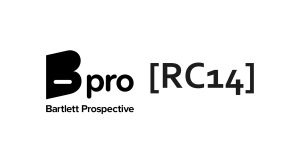
Urbanism Beyond Cognition
The Bartlett School of Architecture, University College London (UK)
Developed by Research Cluster 14, the projects showcase how data allows designers to expand their remit by design at the scale of a country or how AI can give agency to non-human ecological and robotic actors.

The Garden of Forking Paths
Online Exhibition In the time of a global pandemic, how can we exhibit and share projects, ideas andartworks with other people in lieu of a physical space? This question informed thecreation of our digital garden project that can be accessed from all over the worldwith an internet connection and a web-browser. We invite you to explore our garden at any time and from any place.

PG24
The Bartlett School of Architecture, University College London (UK)
PG24 is a group of architectural storytellers employing design, film, animation, drawing, virtual and augmented reality and physical modelling to rethink architecture’s relationship with time. We find inspiration in the dialogue between film and architecture, study their intertwined histories and seek the magical possibilities arising from their fusion.
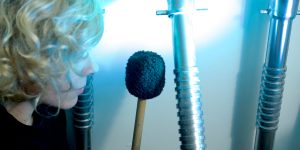
PRISM BELL / UV TOWER
Live Music Event Advancements in technology enable us to surpass the analogue restrictions ofsound production and build novel music instruments for the digital age. In thislive-event, Lia Mice will present PRISM BELL, a large scale instrument exploring thefull-body engagement of the musician. Andrea Guidi & Giacomo Lepri also presenttheir UVTOWER that uses mirrors and lasers to produce rhythm and sound.

re.riddle presents Falling Up
re.riddle, California, San Francisco (US)
re.riddle presents unique programming showcased in site-specific exhibitions and pop-up events worldwide. The itinerant gallery curates socially engaging and multidisciplinary exhibitions of contemporary art. Its mission is to contribute to the discourse on contemporary art in thought provoking and playfully subversive ways. Via new modes of production, reception and consumption, re.riddle places an emphasis on the whimsical, in hopes that art continues to arouse curiosity and promote an awareness of its profound impact on our daily surroundings and lives.

COVID-19 Crisis: Optionen der Zivilgesellschaft und der Sozialen Medien
Walter Ötsch, Renata Schmidtkunz, Leonhard Dobusch, Evelyn Bodenmeier
Experten und Expertinnen präsentieren ihre Sichtweisen, fordern einander heraus und vermitteln Anregungen zur Zukunft unserer Gesellschaft.

BSc Unit 9 HUB
The Bartlett School of Architecture, University College London (UK)
Unit 9 is a design studio within the undergraduate architecture programme at the Bartlett UCL. Led by Jessica In and Chee-Kit Lai, the Unit has developed a continued interest in the performative aspects of new technologies and their expressive potentials for the design and representation of architecture.
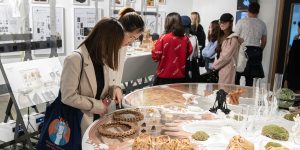
Luminous Crusting, Bio-ID
The Bartlett School of Architecture, University College London (UK)
Luminous Crusting is a project that questions perceptual and environmental ‘flatness’ of synthetic materials in comparison to extremely thin, but highly expressive and performative biogenic ‘micro-crusts’. These living, grown micro-crusts are highly ordered three-dimensional structures on a microscopic level. As such, they act not only as visual enhancers through deep iridescent appearance that changes with light and viewers movement, but as a living mediator between building tissue and the environment.
